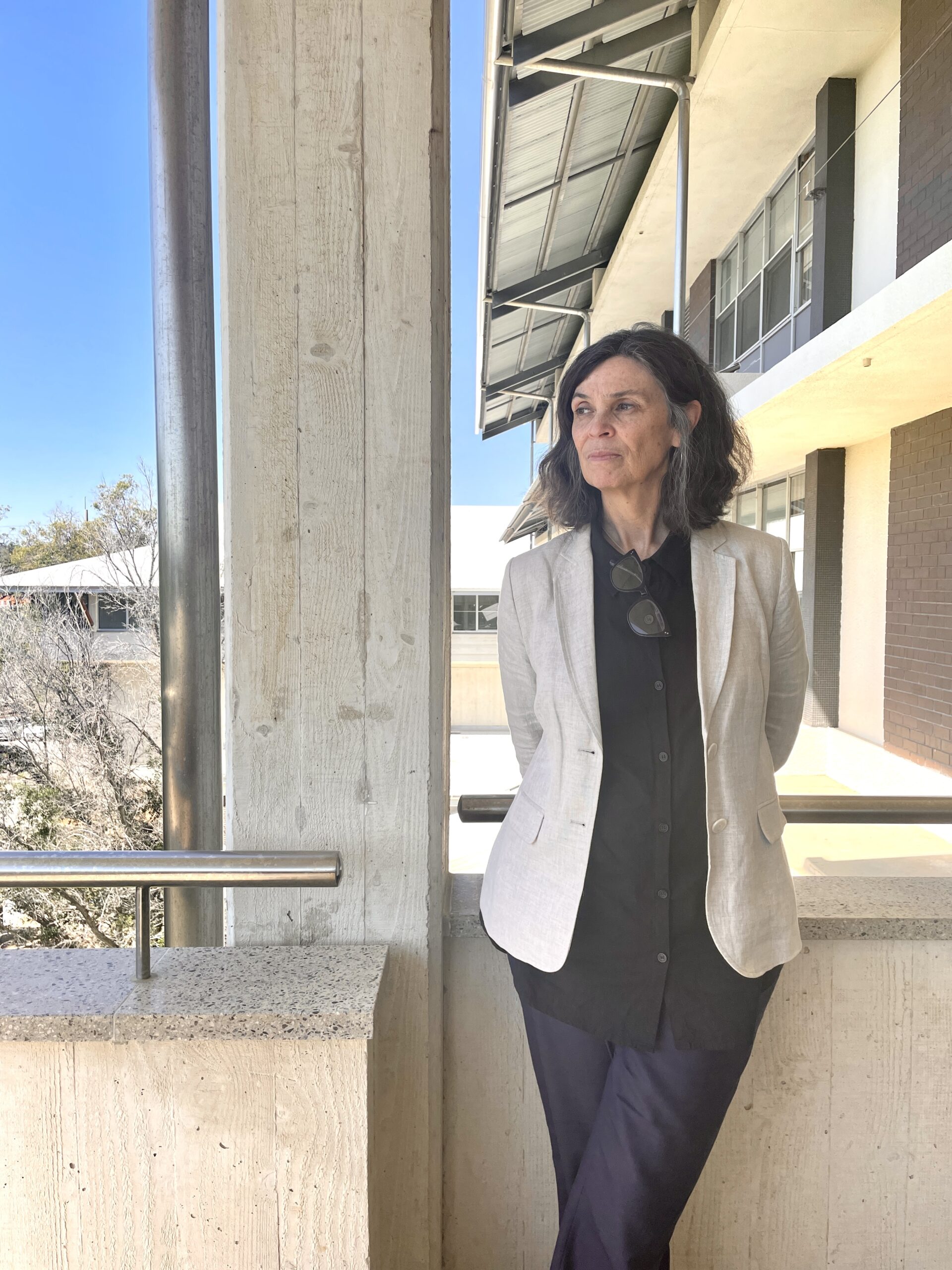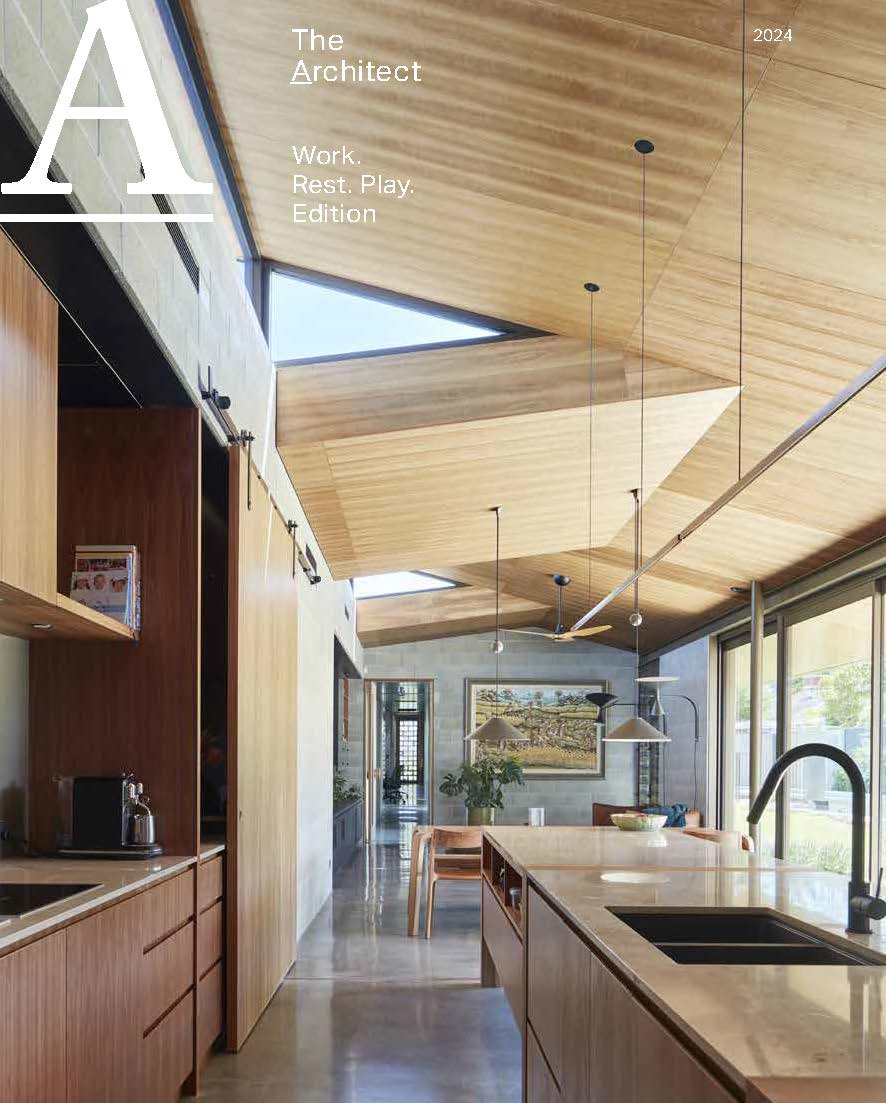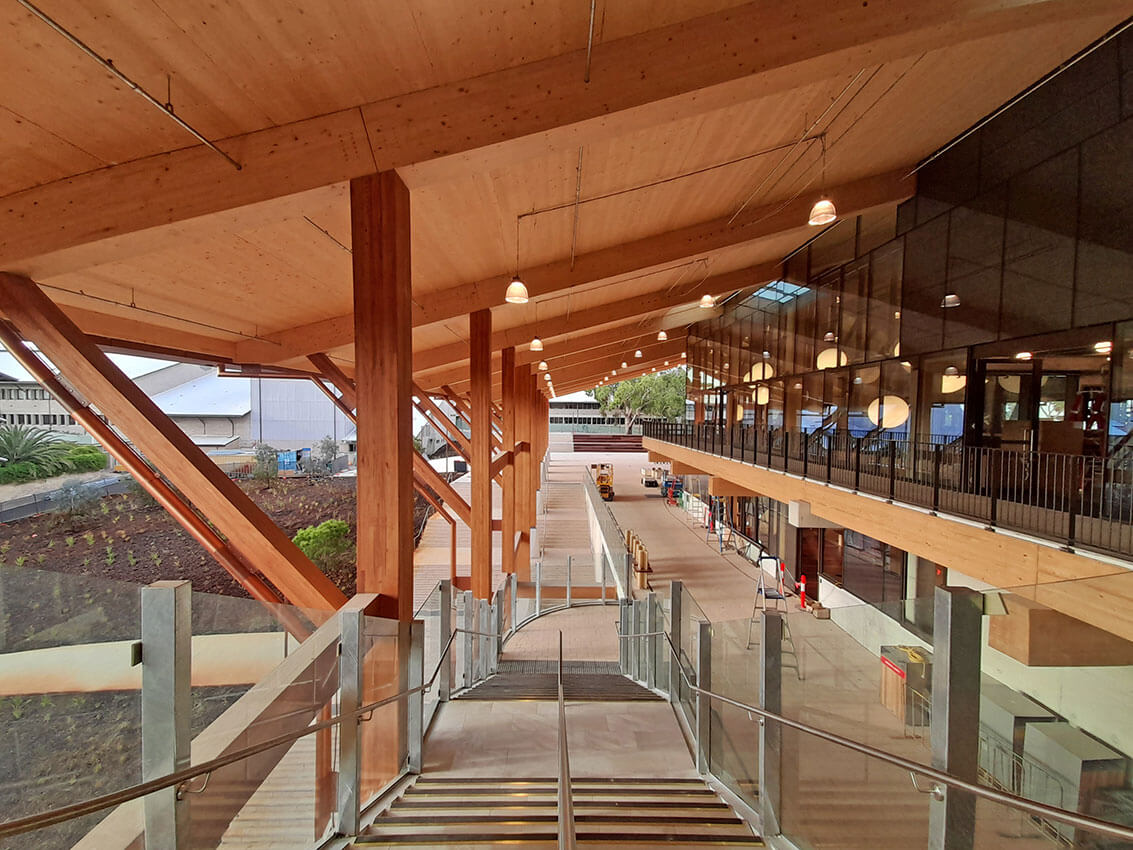When we think about architects at work, we often jump back to the idea of the drawing board, the mechanical pencil, or 3D modelling and rendering on a screen. However, it’s important to remember that at its very core, architecture is about problem solving, which often takes an unexpected form.
For Dr Kate Hislop, being Head of the School of Design at the University of Western Australia (UWA) does come with its challenges and problem solving. However, it is also accompanied by some of the most energising and rewarding experiences.
“It’s such a privilege to work in higher education. It’s what keeps me coming to work every day, despite the challenges.”
Universities have had to respond to rapidly changing environments in the last three years, with the adjustment to online learning, management of the spread of infectious disease in classrooms brought about by COVID-19, as well as the rising cost of living and issues pertaining to affordability. Furthermore, when artificial intelligence (AI) tools burst onto the scene in early 2023, universities had to take a position on how to approach or adopt these technologies in the classroom. All of these changes are more than enough reason to want to shrink away from the problems. However, Dr Hislop’s view is that these newfound methods can expand the remit of the building industry. So, the question now is, how do you ensure students are able to engage with these shifting aspects of design and build skills around them as well, all while not losing the joy of creating?
At the UWA School of Design, the use of AI has been incorporated in certain projects briefs, encouraging students to use and understand the tool, as well as learning how to manage it in such a way that supports efficient workflows, rather than replacing the creative process. As Kate states, “you need to have the knowledge and ability to generate prompts in the first place, in order to have a successful outcome.” She notes that this form of communication has been around for a long time, dating back to ancient Egyptian architects who used to prepare documents by specifying everything in writing, rather than drawing, to direct the built outcome. Similarly, AI uses the written word to generate visual representations of a project but cannot do so without educated and considered prompts.
There are of course, other risks to these newfound efficiencies, and Dr Hislop notes that great care continues to be taken to ensure the mental wellbeing of students. She is aware that in educational settings, with the rising cost of living and a rise in mental health concerns, the challenge is to retain the strengths, opportunities and enriching elements of architecture, but not at the cost of health. Creative disciplines need to assist students in putting boundaries in place. As she states: “How do we deal with the fact that a creative pursuit is difficult to contain?”
Something that most energises Kate is the extent to which the faculty is starting to work across disciplines. She has observed a bottom-up drive to work collaboratively, where opportunities are being created for students to both hone in on certain areas while broadening their expertise at the same time, preparing them for increasingly diverse and interesting career opportunities. While all of this sounds relatively simple to digest, this level of educational curation comes from a wealth of knowledge and experience, and a strong team working to execute it. The future of our profession is, after all, in the hands of the graduate currently documenting your ensuite (but I bet you they’re doing it a whole lot faster than we all did).
Reinette Roux RAIA is the innovation and operations manager at Kosloff Architecture.




